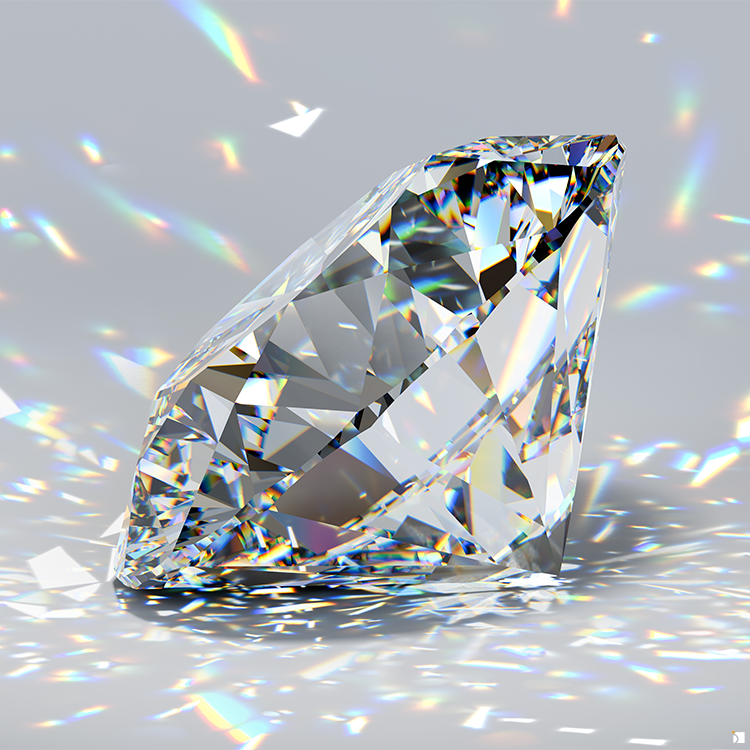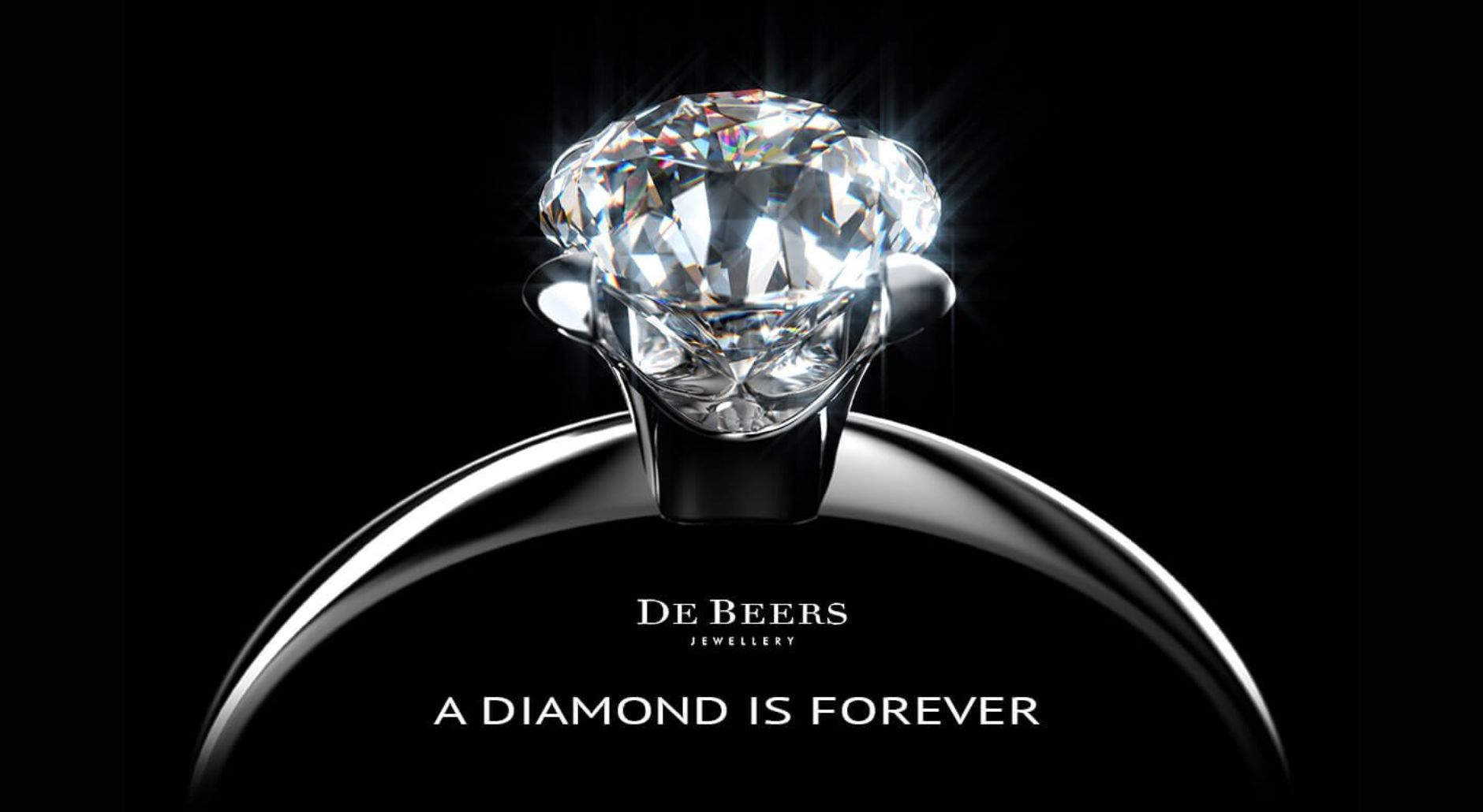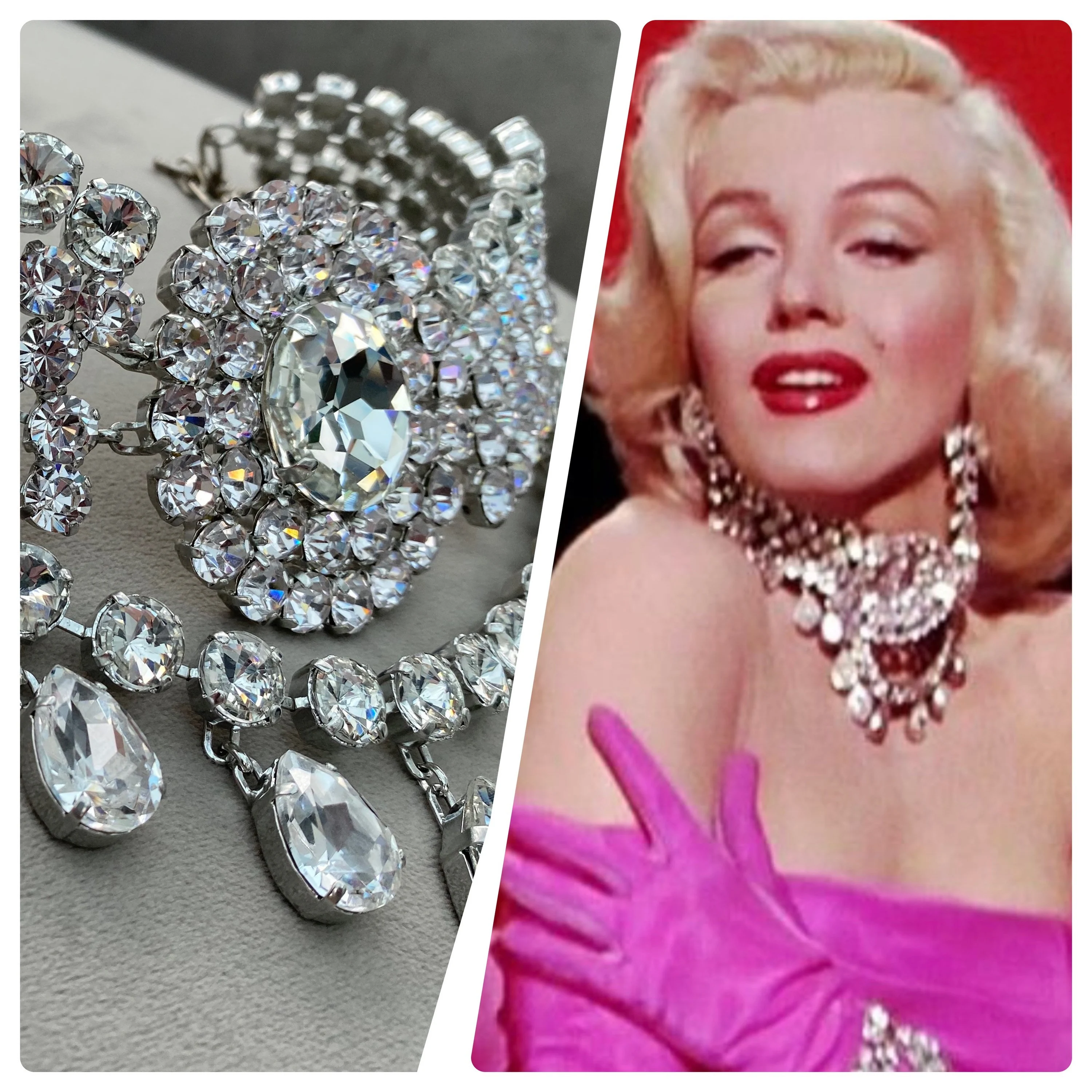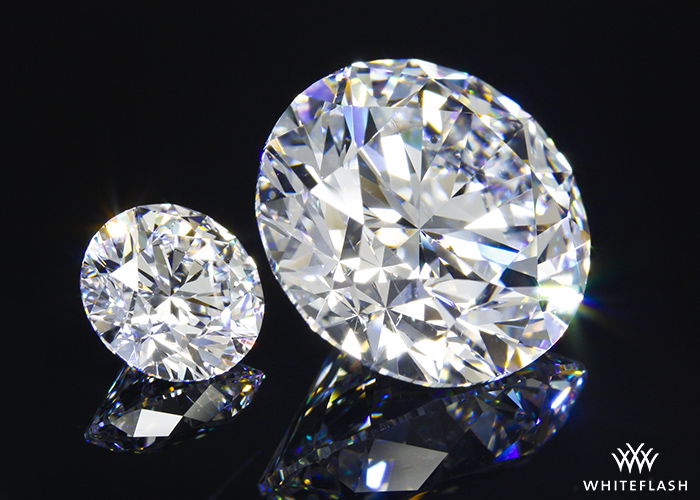Why are Diamonds so Darn Expensive?
Natural diamonds aren’t nearly as rare as we've been led to believe, so why are they priced so highly? There are multiple reasons that range from the logistics of a diamond's quality and mining process to insanely successful marketing campaigns utilising psychological tactics to a dark history of market manipulation, something that is in fact illegal.
The first reason behind the steep prices is that not all diamonds are “gem-quality”. The type of diamonds used in jewellery only makes up roughly 20% of rough diamonds. This is important to note because saying “Diamonds aren’t rare, there are so many under the earth” is somewhat misleading.
The second cause of diamond mark up is based on the characteristics and the cut of the diamond. Cutting diamonds in a way that best capitalises on the stone’s natural beauty takes professionals and specialised equipment as well as lots of care and practice. As for characteristics, the quality of diamonds is assessed by the universally accepted method of the “Four Cs”, which stands for “Cut, Colour, Clarity, and Carat weight”. The gems that best fit the desired criteria being astronomically more expensive than those that don’t.

Thirdly; there is an intense and costly process behind diamond mining. When you consider how deep some mines are, the heavy machinery and skilled labour required to properly extract diamonds and the added costs of following environmental regulations as well as implementing ethical mining practices, then you can see how the price of obtaining diamonds can soar. Operational expenses also rise with the implementation of responsible sourcing initiatives like the "Kimberly process certification scheme”.
A fourth point to consider is that diamonds aren’t just mined and sold. They have to go through many stages of production, each stage adding to the final retail price of the diamond. The production stages will differ depending on the diamond but some of these stages include; mining, sorting, cutting, polishing, assessment of quality, and only then will the diamonds make it to the retailers which you buy them from.
Getting into the deeper reasons behind the steep prices of diamonds is their impressive marketing campaigns over the years. Diamonds have been marketed to be worth more than just the value of the gem itself, so when you buy a diamond you're also paying for the emotional connection and the symbolism of the stone.
The De Beers 1947 campaign “A Diamond is Forever” solidified diamonds as the go to gemstone for all of the most important events (and, of course, for all the most important people), making diamonds the cornerstone of engagement rings, wedding bands and sentimental jewellery. They did this by connecting diamonds to symbolise commitment, romance, luxury, and ever-lasting love.

De Beers had one of the most successful ad campaigns in history convincing consumers that all engagement rings should have a diamond. These factors heavily influence the price in both demand and how much one is willing to cough up for their special someone. This is just one diamond marketing campaign of many and through them we have been culturally conditioned to continue to purchase diamond products along with a willingness to pay premium prices, it’s all worth it for your forever gem, right?
There are psychological factors that explain why we are prepared to spend so much money on one gem; and marketing teams 100% take advantage of this. Consumers are more likely to be okay with spending large amounts of money on a product when there is an emotional bond between the consumer and the product.
When advertising such expensive gems like diamonds, marketing teams use all the strategies I’ve previously mentioned to build a connection between customer and diamond. “A Diamond is Forever” can symbolise anything from strong, life-long love to a valuable heirloom one can pass down to later generations, and this emotional connection makes all the money spent feel much more inconsequential.
Another example of building a connection between consumer and diamond is from the CEO of Diamond Mansion who “often draws a powerful analogy between diamonds and the human journey of life. Just as diamonds are formed under immense pressure deep within the earth, emerging as radiant symbols of beauty, so too do our lives have the potential to transform through adversity.”-Diamond Mansion. This makes an immediate connection between the gem you may be looking to buy and the most important thing you will ever experience; the journey of life.
Beyond good marketing campaigns, diamond jewellery has “high profile endorsements” from famous people and celebrities all feeding into the propaganda that diamonds are the only right choice for the ones that matter. This was more than enough encouragement for the movie industry to adorn all their star actresses in diamonds, upselling the image of diamonds representing luxury and making them a top status symbol for the rich and famous. Some believe the peak showcase of this diamond fixation was found in Marilyn Monroe’s legendary musical performance of “Diamonds are a girl’s best friend”.

Along with solidifying diamonds as the go to gift for a lover, the De Beers “Diamonds are forever” campaign also gave the public perspective that diamonds are super valuable and will either stay that way permanently or even increase in value which made spending the big bucks seem like a worthwhile investment in both your love life and your financial future.
The final reason I’ll get into behind the pricing of diamonds is about supply control and the diamond monopoly. A company I’ve mentioned before, De Beers, once owned and controlled about 75-85% of rough diamond supply. This allowed them to limit the amount of diamonds sold to the public and ensure scarcity. De Beers mined a significant amount more diamonds than they sold and they kept the rest stockpiled in warehouses. This gave the illusion that diamonds were far rarer than they actually were and therefore inflated their prices. The artificial scarcity of diamonds along with the large demand for them allowed De Beers to ask for insane prices while still keeping eager customers.
This tactic is a form of market manipulation which is illegal in many countries. Market manipulation is by defined by Wikipedia as; “Deliberate attempt to create artificial, false or misleading appearances with respect to the price of, or market for, a product, security or commodity” Wikipedia also stated; “market manipulation occurs when someone intentionally alters the supply or demand of a security to influence its price.” De Beers were originally not allowed to sell in a few countries, including The United States, due to their market manipulation.
“Better Than Diamond” claims that there are no longer market supply and price control issues within the diamond industry, and that there haven’t been since 2005. While there may no longer be a supply control scandal, the precedent for the pricing of diamonds had been set and the artificial rarity still holds its mark on people today.

Market manipulation was far from the only crime allegedly committed by De Beers, but that is a story for another article. If you want to learn more about the ethical concerns around De Beer’s practices and the alleged crimes they committed to gain control, then check back into Thunder Times next week where I’ll be covering the dark truth behind diamonds. The article will talk about blood diamonds, the unethical practices of diamond mining, the human rights abuse that supported the diamond industry for the longest time, what is being done to stop blood diamonds, how to get more ethical diamonds, the difference between natural diamonds and lab grown diamonds, and the bias against lab grown diamonds.
In conclusion, diamonds are not as rare as we were once led to believe and their insane and sometimes absurd prices can be attributed to quality, mining costs, production costs, incredible marketing campaigns, and market manipulation.
